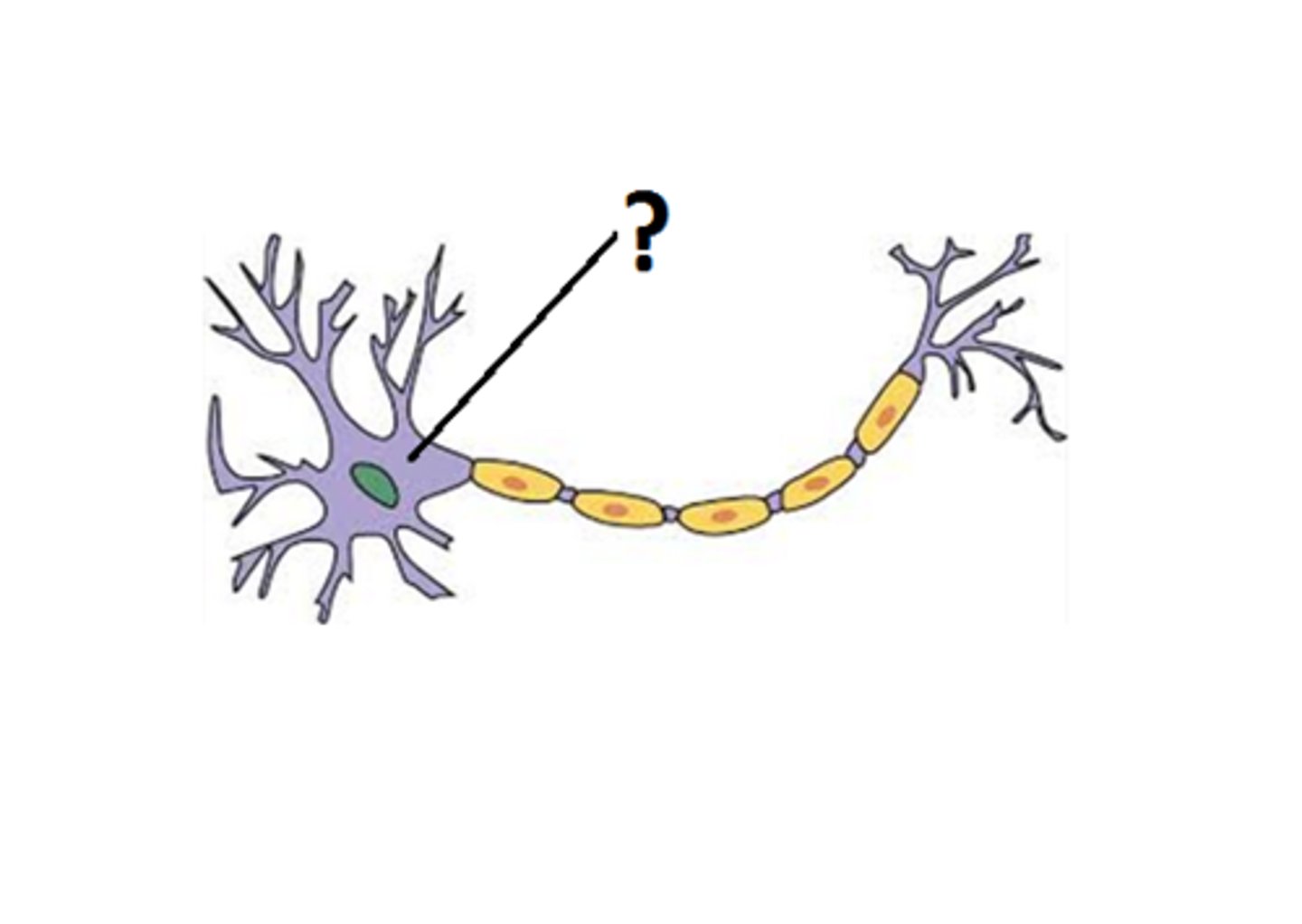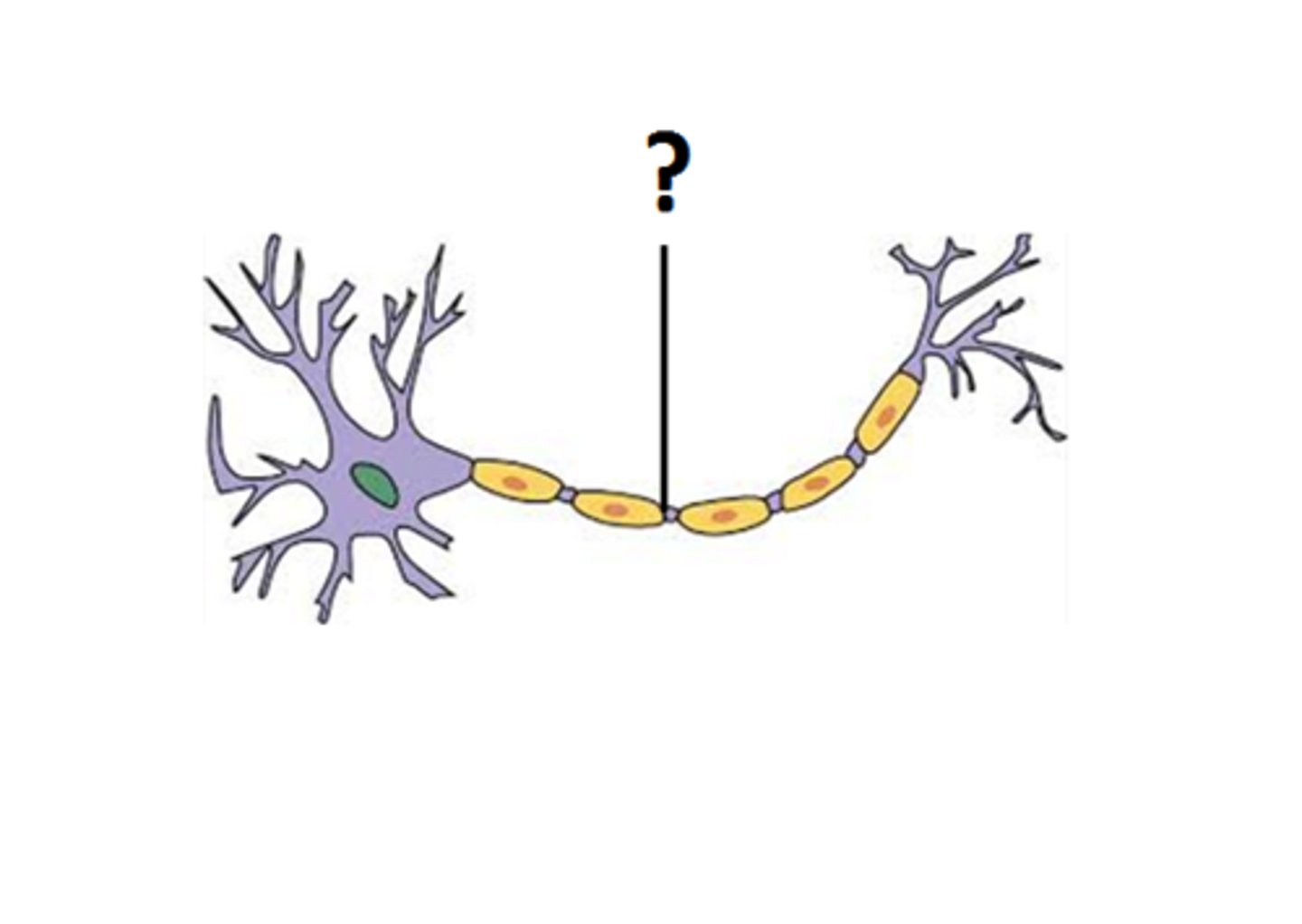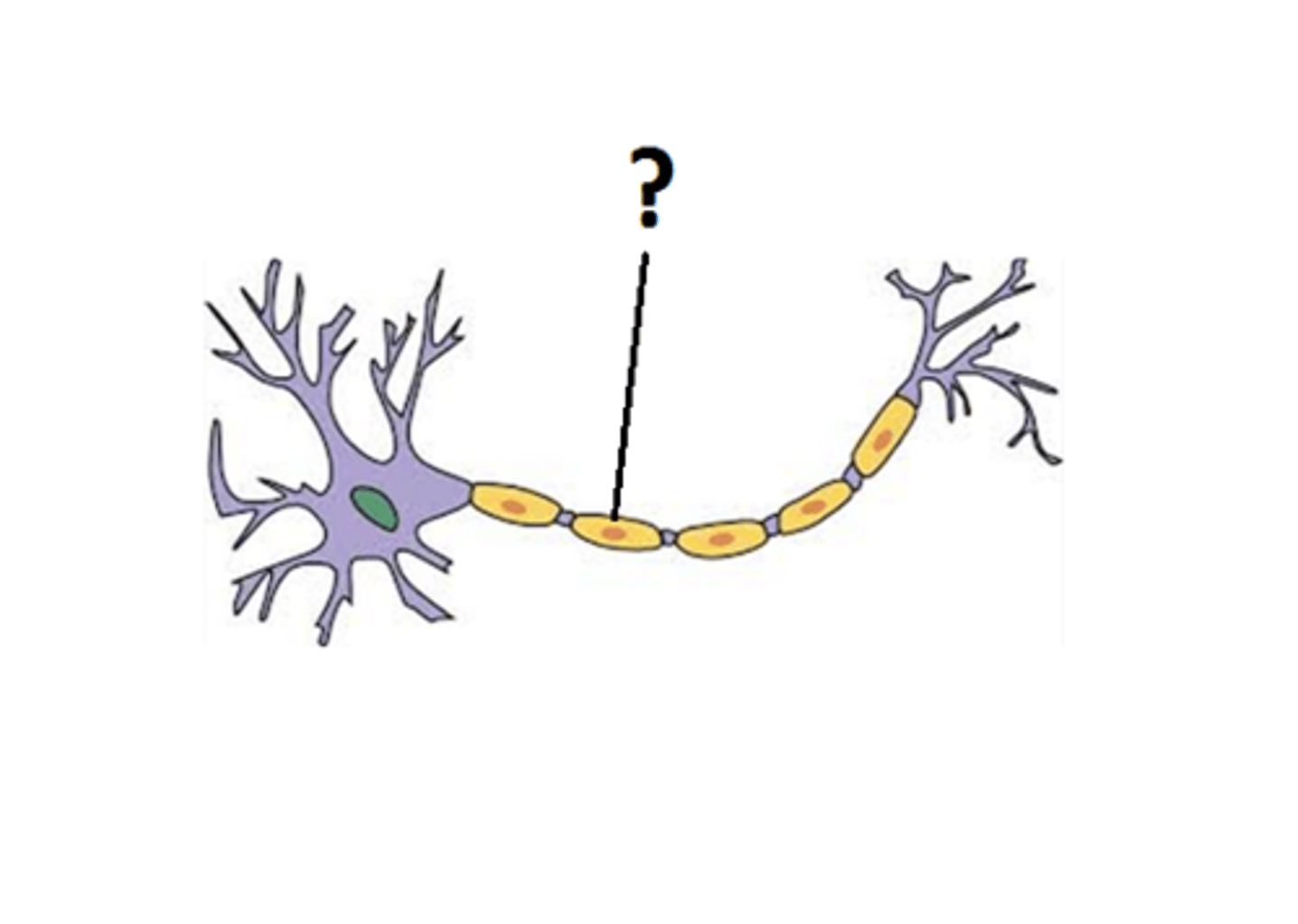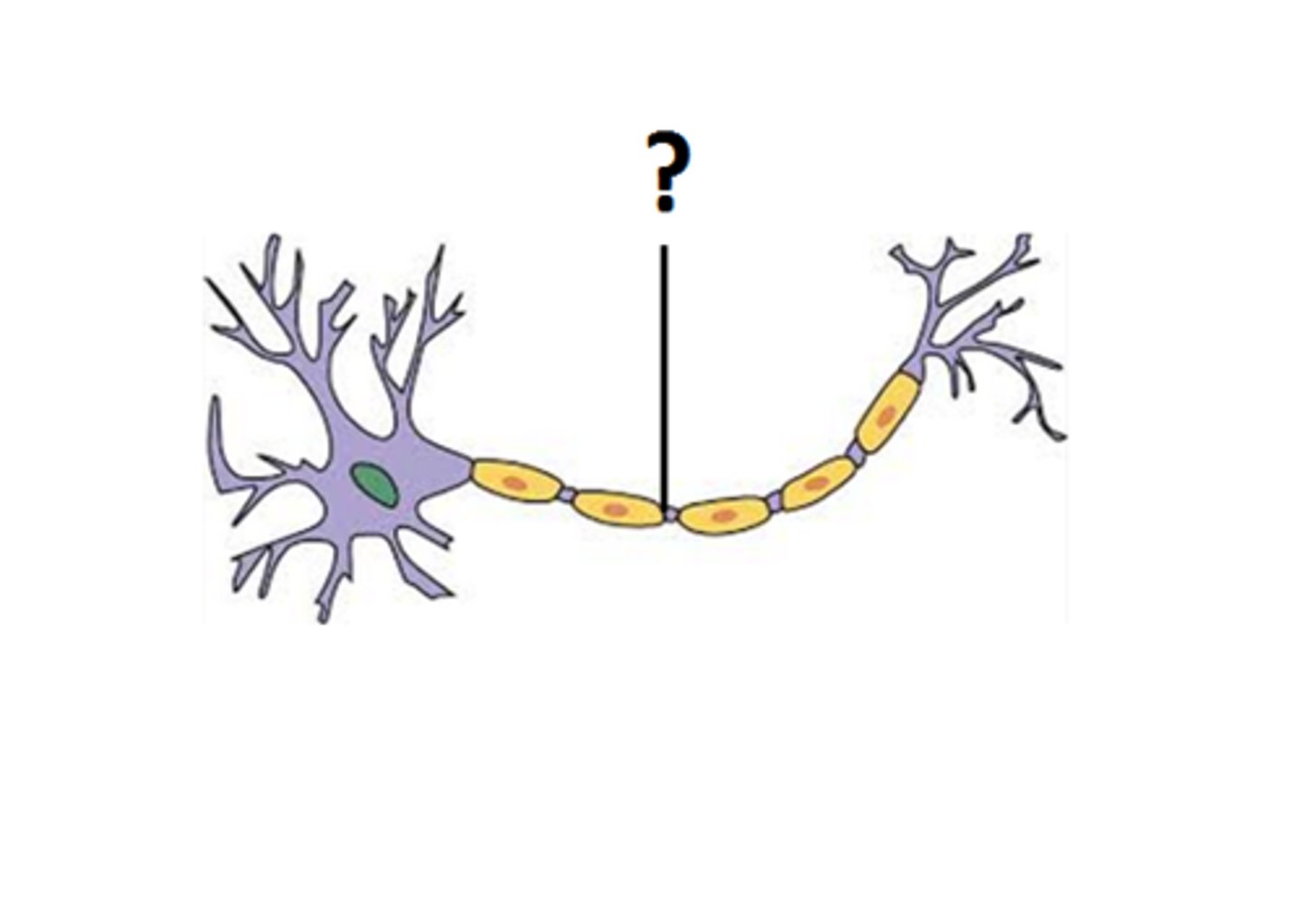SK Ch. 2 Neuromuscular Fundamentals
1/107
There's no tags or description
Looks like no tags are added yet.
Name | Mastery | Learn | Test | Matching | Spaced |
|---|
No study sessions yet.
108 Terms
muscle functions
Provide protection, posture, and produce a large % of body heat.
Skeletal Muscles % body weight
40-50% of body weight
Muscle Nomenclature
Naming based on visual appearance, shape, size, number of divisions, anatomical location, points of attachment, and function.
Parallel Muscles
These muscles produce a greater range of movement and can be flat (e.g., rectus abdominis), fusiform (e.g., biceps brachii), strap (e.g., sartorius), radiate (e.g., pectoralis major), or sphincter/circular.
Pennate Muscles
These muscles have shorter fibers arranged obliquely like a feather, increasing cross-sectional area and force. They can be unipennate (e.g., biceps femoris), bipennate (e.g., rectus femoris), or multipennate (e.g., deltoid and gluteus maximus).
Epimysium
connective tissue surrounding entire muscle
Myosin
Thick filaments
Slow twitch
less tension, high fatigue resistance
Irritability or Excitability
muscle property of being sensitive or responsive to chemical, electrical, or mechanical stimuli
Hypertrophy
The increase in the size of an organ or tissue due to the enlargement of its cells.
Hyperplasia
A condition characterized by an increase in the number of cells in a tissue or organ.
Atrophy
The partial or complete wasting away of a part of the body, often caused by factors like immobilization or sedentary lifestyle.
How many pairs of skeletal muscles?
215 pairs
perimysium
tissue surrounding fascicles or muscle fibers
endomysium
Tissue surrounding individual muscle fibers
Actin
Thin filaments
Fast twitch fibers
Faster contraction, quick fatigue
contractility
ability to shorten when an adequate stimulus is received
extensibility
the ability to be passively stretched beyond its normal resting length
isometric (static)
when a significant amount of active tension may be developed in the muscle to maintain the joint angle in the same position
isotonic (dynamic)
varying degrees of active tension in the muscles are either causing joint angles to change or controlling the joint angle
elasticity
ability of a muscle to return to it's original resting length after stretching
Flat muscles
usually thin & broad, originating from broad, fibrous, sheet-like aponeuroses allows them to spread their forces over a broad area
Flat muscle examples
rectus abdominus & external oblique
Fusiform muscles
spindle-shaped; thick in the middle and tapered at each end
Fusiform muscle examples
biceps brachii, brachialis, brachioradialis
Strap muscles
more uniform in diameter with essentially all fibers arranged in a long parallel manner; enables a focusing of power onto small, bony targets
Strap muscle example
sartorius
Radiate muscles
also described sometimes as being triangular, fan-shaped or convergent; have combined arrangement of flat & fusiform
originate on broad aponeuroses & converge onto a tendon
Radiate muscle examples
pectoralis major, trapezius
Sphincter or circular muscles
technically endless strap muscles
surround openings & function to close them upon contraction
Sphincter or circular muscle examples
orbicularis oris surrounding the mouth
Unipennate muscle
run obliquely from a tendon on one side only
Unipennate muscle examples
biceps femoris, extensor digitorum longus, tibialis posterior
bipennate muscle
muscle fibers on both sides of the tendon
bipennate muscle examples
rectus femoris, flexor hallucis longus
Multipennate muscles
have several tendons with fibers running diagonally between them
Multipennate muscle example
deltoid
Intrinsic
pertaining usually to muscles within or belonging solely to body part upon which they act
Extrinsic
pertaining usually to muscles that arise or originate outside of (proximal to) body part upon which they act
Action
specific movement of joint resulting from a concentric contraction of a muscle which crosses joint
Innervation
occurs in the segment of the nervous system responsible for providing a stimulus to muscle fibers within a specific muscle or portion of a muscle
Amplitude
range of muscle fiber length between maximal and minimal lengthening
gaster
central, fleshy portion of the muscle that generally increases in diameter as the muscle contracts;
the contractile portion of muscle
Tendon
tough yet flexible bands of fibrous connective tissue, connects muscles to bones
Aponeurosis
A tendinous expansion of dense fibrous connective tissue that is sheet- or ribbonlike in appearance and resembles a flattened tendon; binds muscles together
Fascia
a band or sheet of fibrous connective tissue that covers, supports, and separates muscle
Retinaculum
connective tissue band that tendons from separate muscles pass under; common in joints of wrist and ankle
Origin
structurally: proximal attachment
Least moveable part of muscle
Insertion
Structurally: distal attachment
Most moveable part of muscle
Origin/Insertion example
biceps brachii muscles has origin on scapula (least movable bone) and its insertion on the radius (most movable bone)
Agonist
cause joint motion through a specified plane of motion
Anatgonist
opposite concentric action from agonist
Primary movers
muscle responsible for a particular movement- aka agonist
Stabilizers
surround the joint or body part and contract to fixate or stabilize the area to enable another limb to exert force and move
Synergist
Muscles that assist in the action of an agonist bus are not necessarily prime movers
Helping synergist
have an action in common but also have actions antagonistic to each other; help move joint in desried manner while also preventing undesired actions
true synergist
contract to prevent an undesired joint action of agonist and have no direct effect on agonist action
Neutralizers
counteract or neutralize the action of another muscle to prevent undesirable movements such as inappropriate muscle substitutions
Force couples
occur when two or more forces are pulling in different directions on an object, causing the object to rotate about its axis
Palpatation
the act of feeling with the hand, placing two fingers on the body to examine the muscle as it contracts
Isokinetics
a specific technique that may use any or all of the different types of contractions; type of dynamic exercise
Central Nervous System (CNS)
brain and spinal cord
Peripheral Nervous System (PNS)
nerves
somatic nervous system
the division of the peripheral nervous system that controls the body's skeletal muscles
Automic Nervous System
division of the PNS consisting of nerves that control all of the involuntary muscles, organs, and glands
Cerebral Cortex
controls voluntary muscle movement and aggregate muscle actions
basal ganglia
structures in the forebrain that help to control movement, posture, equilibrium
Cerebellum
A large structure of the hindbrain that controls fine motor skills, feedback control
Brainstem
responsible for automatic survival functions; arousal and maintenance of wakeful state
Afferent system
The part of the PNS that sends messages to the CNS.
Efferent system
the division of the peripheral nervous system that brings information from the brain to the body
Neurons
a nerve cell; the basic building block of the nervous system
Dendrites
Branchlike parts of a neuron that are specialized to receive information.

Cell body
Largest part of a typical neuron; contains the nucleus and much of the cytoplasm

Axon
the extension of a neuron, ending in branching terminal fibers, through which messages pass to other neurons or to muscles or glands

Myelin Shealth
A layer of fatty tissue segmentally encasing the fibers of many neurons; enables vastly greater transmission speed of neural impulses as the impulse hops from one node to the next.

Nodes of Ranvier
gaps in the myelin sheath

Axon terminal
The endpoint of a neuron where neurotransmitters are stored

Reciprocal inhibition
The simultaneous contraction of one muscle and the relaxation of its antagonist to allow movement to take place
Tension is proportional to...
the number of cross bridges connected
passive insufficiency
When a muscle cannot stretch anymore, occurs with the antagonist; no overlap/cross bridge
active insufficiency
When a muscle cannot shorten anymore, occurs with the agonist; too much overlap
Proprioception
The cumulative sensory input to the central nervous system from all proprioreceptors that sense body position and limb movement.
Kinesthetics receptors
Ruffini Receptors; joint capsule
Free nerve endings; connective tissue
Paciniform corpuscles; skin, tendons, joint capsules
Stretch reflex
the contraction of a muscle in response to stretch of that muscle; knee jerk
Golgi Tendon Organ (GTO)
A specialized sensory receptor located at the point where skeletal muscle fibers insert into the tendons of skeletal muscle; protect us from excessive tension
Dermatome
Area of skin supplied by a single spinal nerve
Myotome
muscle or group of muscles supplied by a specific spinal nerve
Sensory neurons
transmit impulses to the spinal cord and brain from all parts of the body
Motor neurons
transmit impulses away from the brain and spinal cord to muscle and glandular tissue
Interneurons
central or connecting neurons that conduct impulses from sensory neurons to motor neurons
Kinethesis
conscious awareness of position and movement of the body in space
All or none principle
Refers to the fact that the action potential in the axon occurs either full-blown or not at all.
Action potential
a neural impulse; a brief electrical charge that travels down an axon
subthreshold stimulus
stimulus not strong enough, so no contractions seen
threshold stimulus
minimal level of stimulation required to cause a muscle fiber to contract
submaximal stimulus
Stimuli of increasing strength that create more action potentials along more neurons
maximal stimulas
The stimulus above which no stronger contraction can be elicited, because all motor units are firing in the muscle.
latent period
time between application of a stimulus and the beginning of a response in a muscle fiber